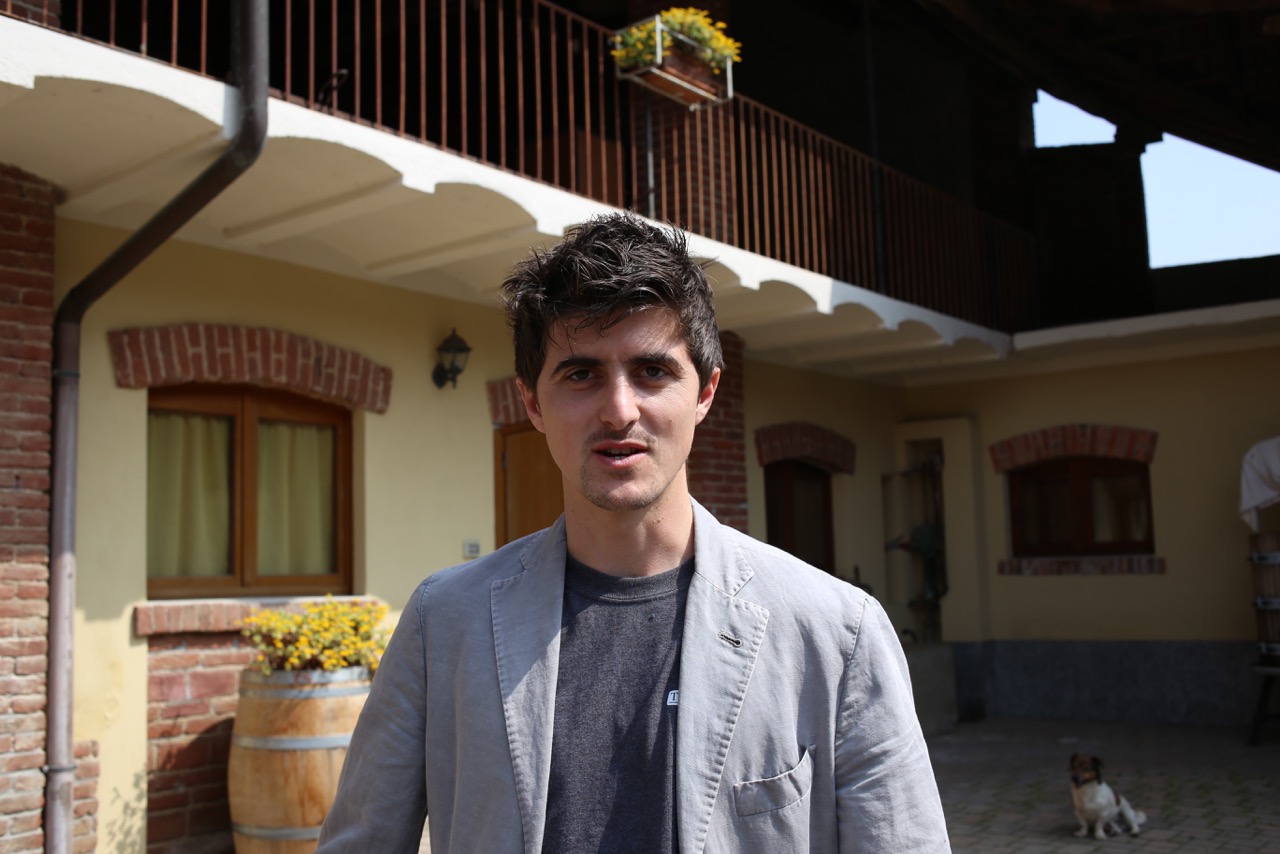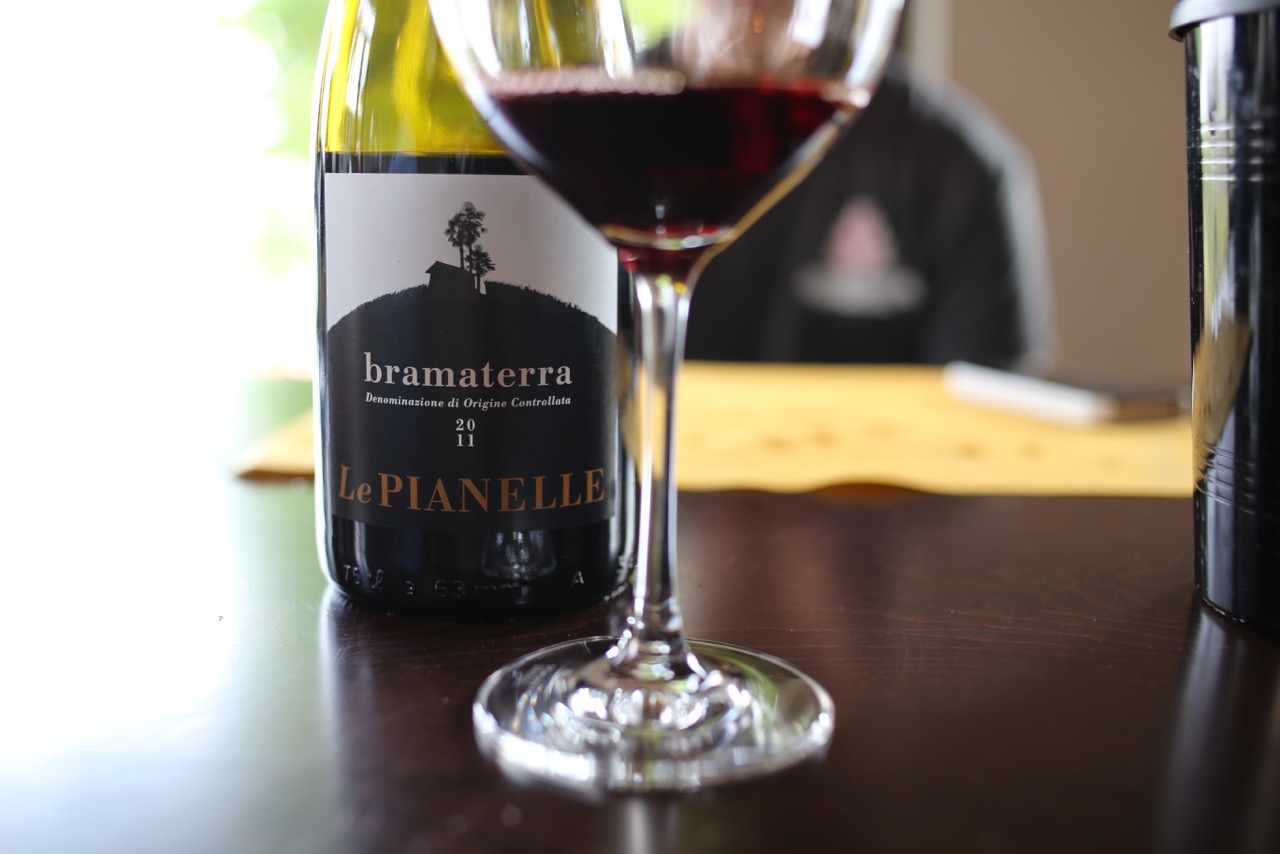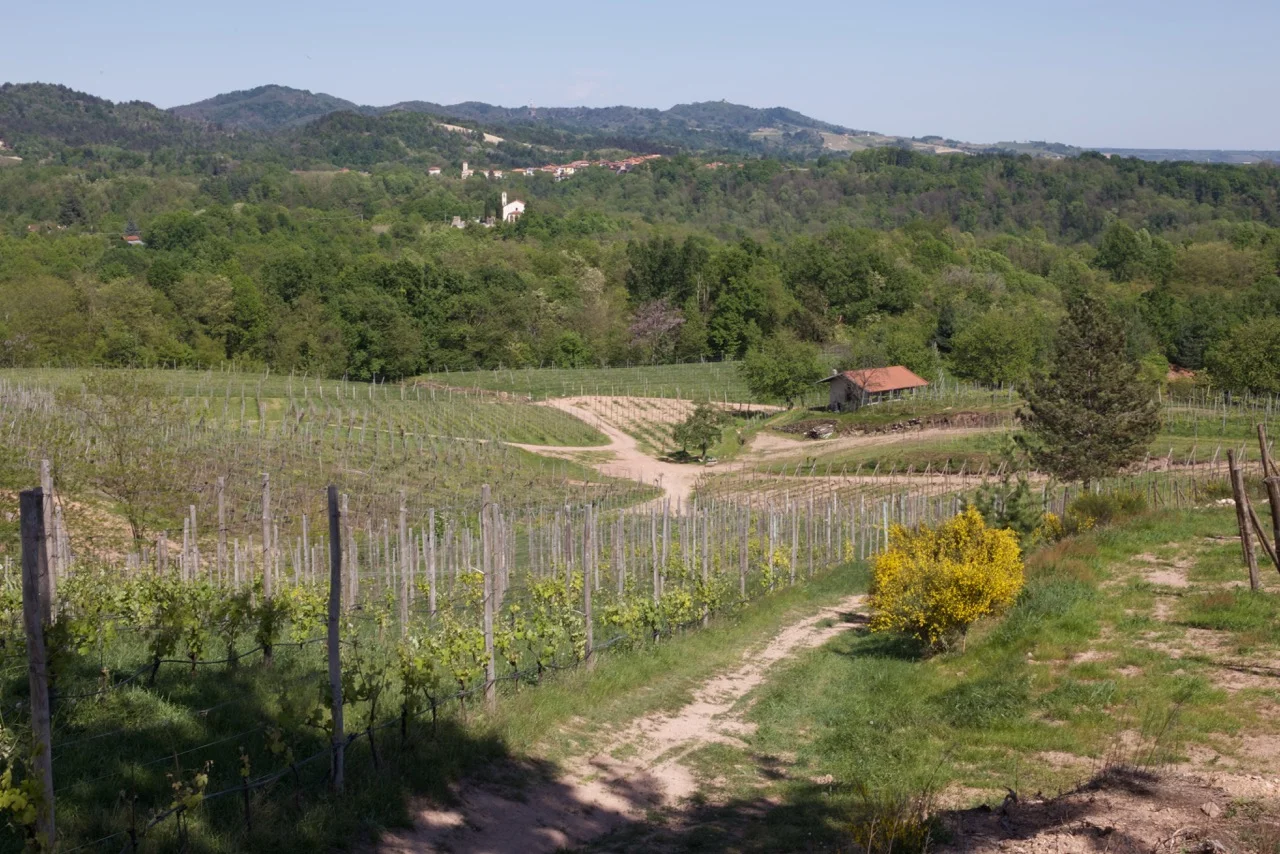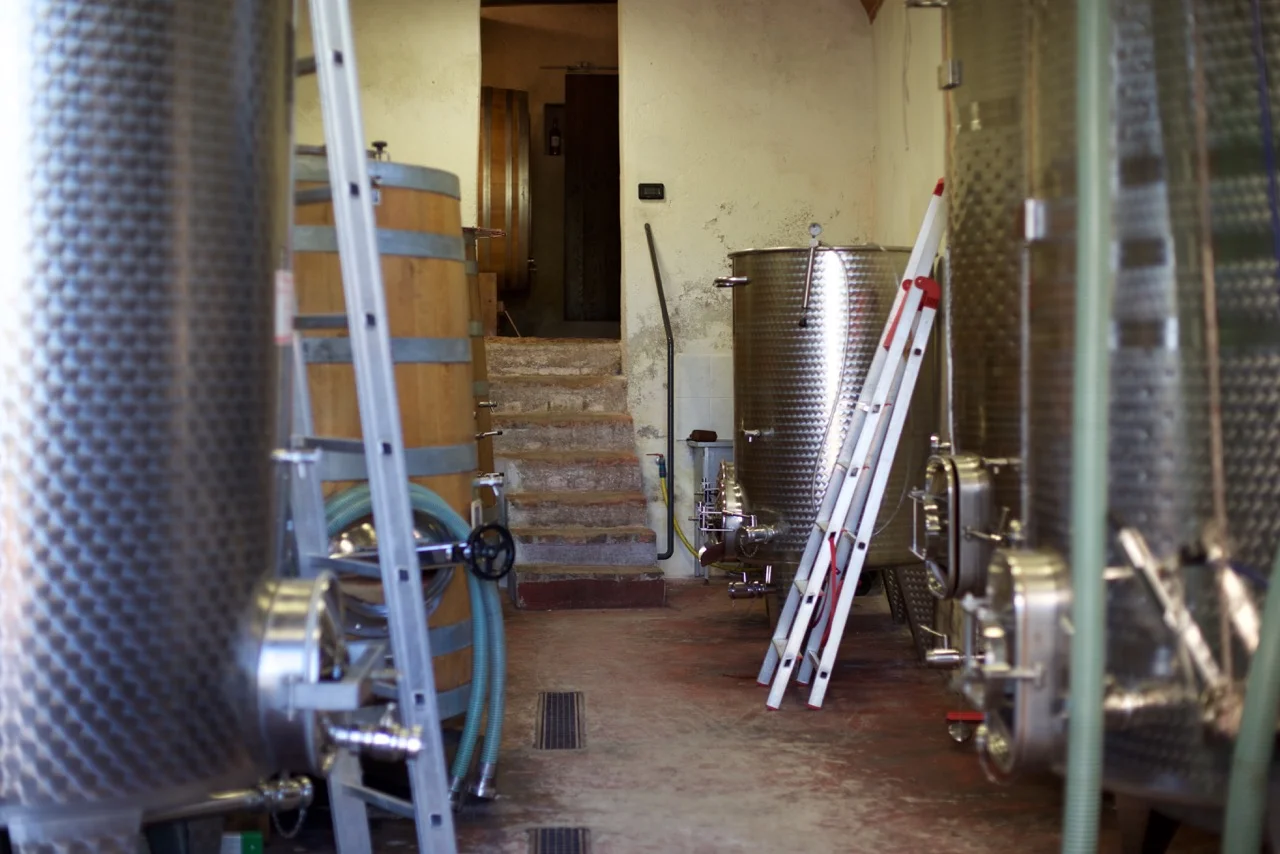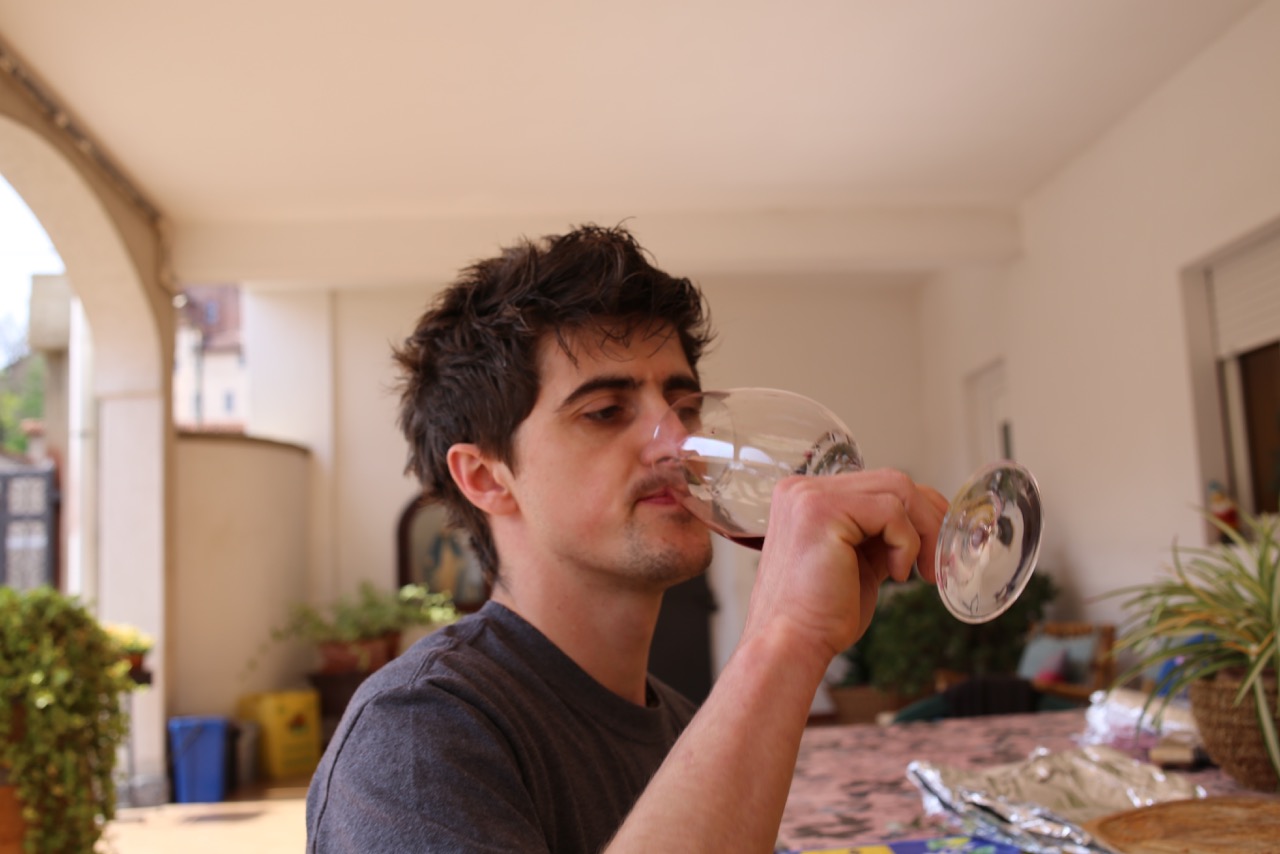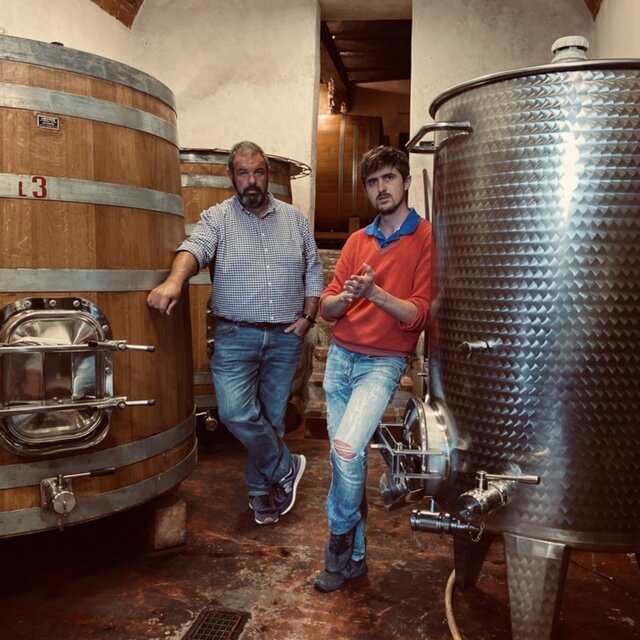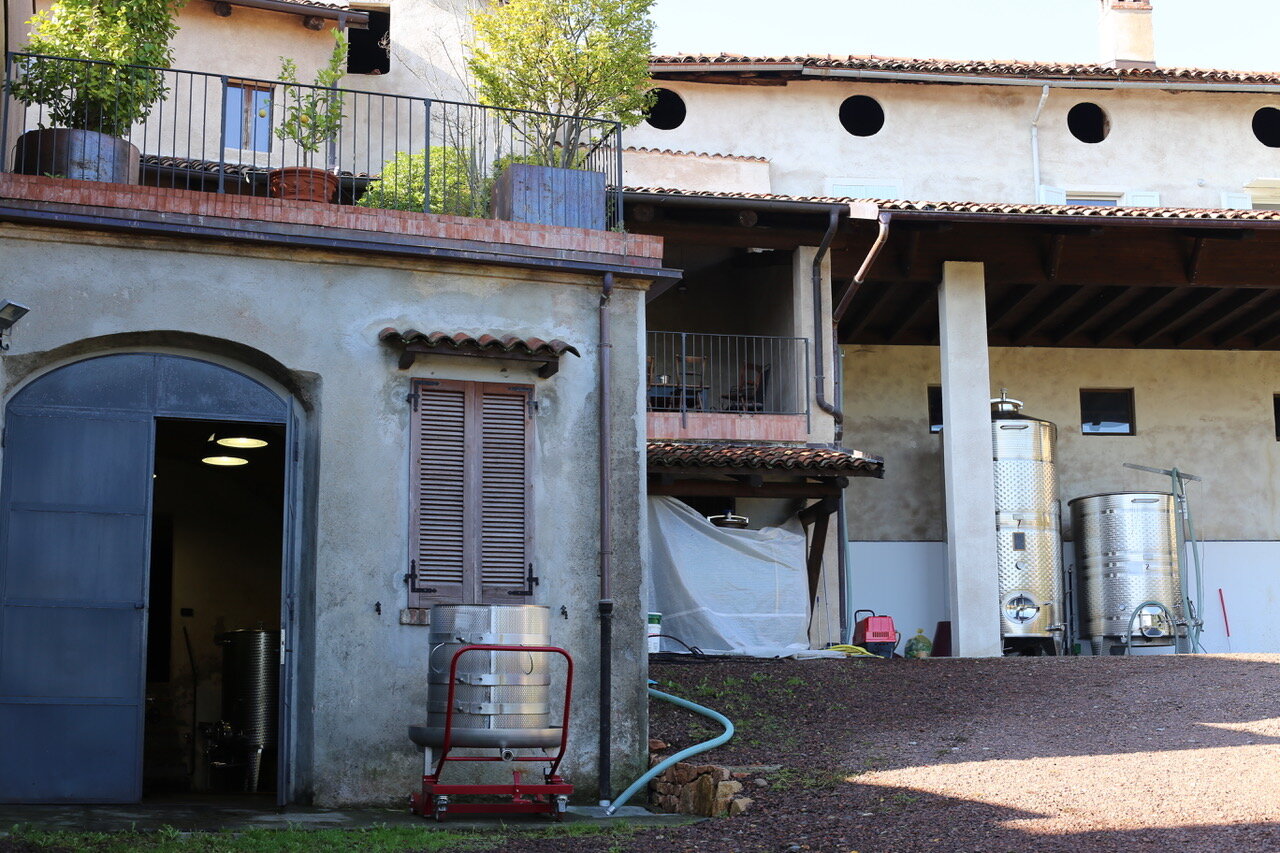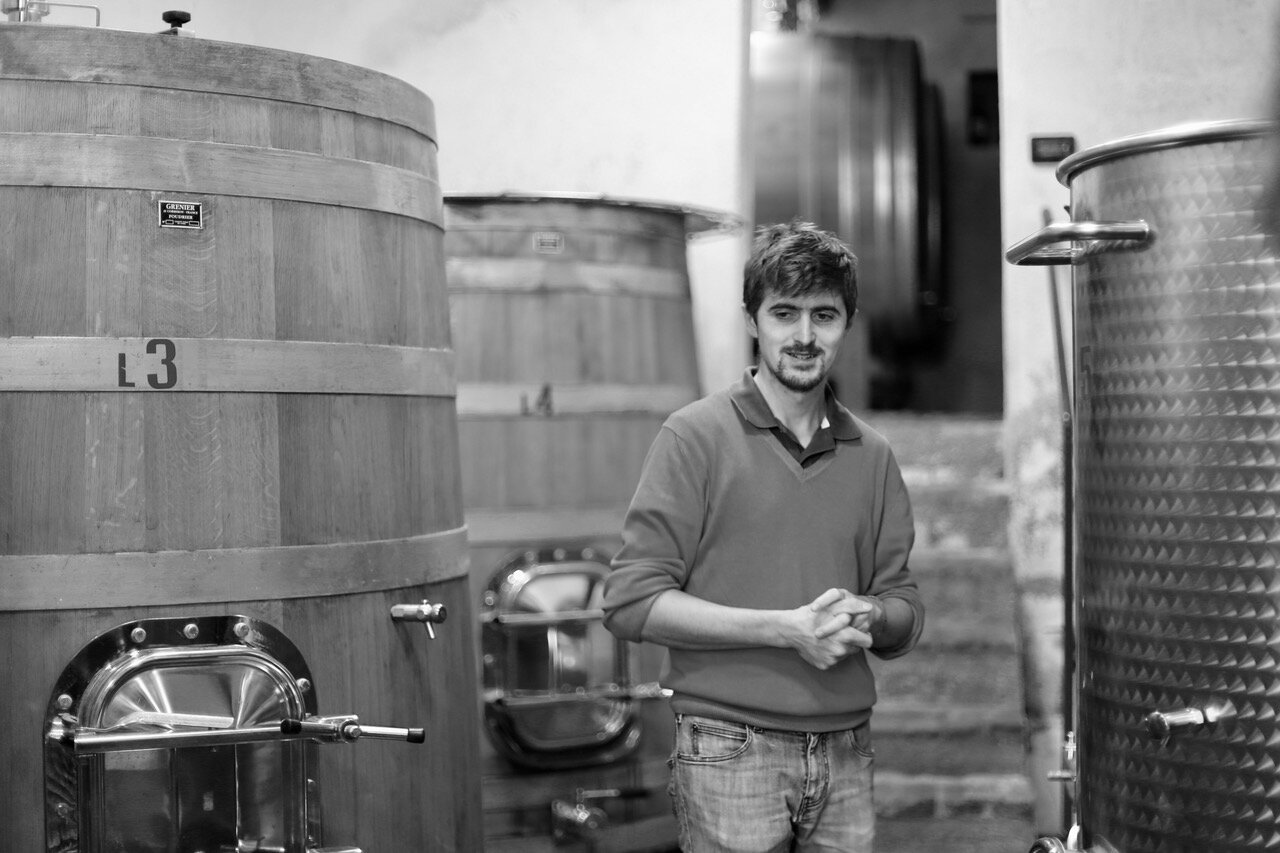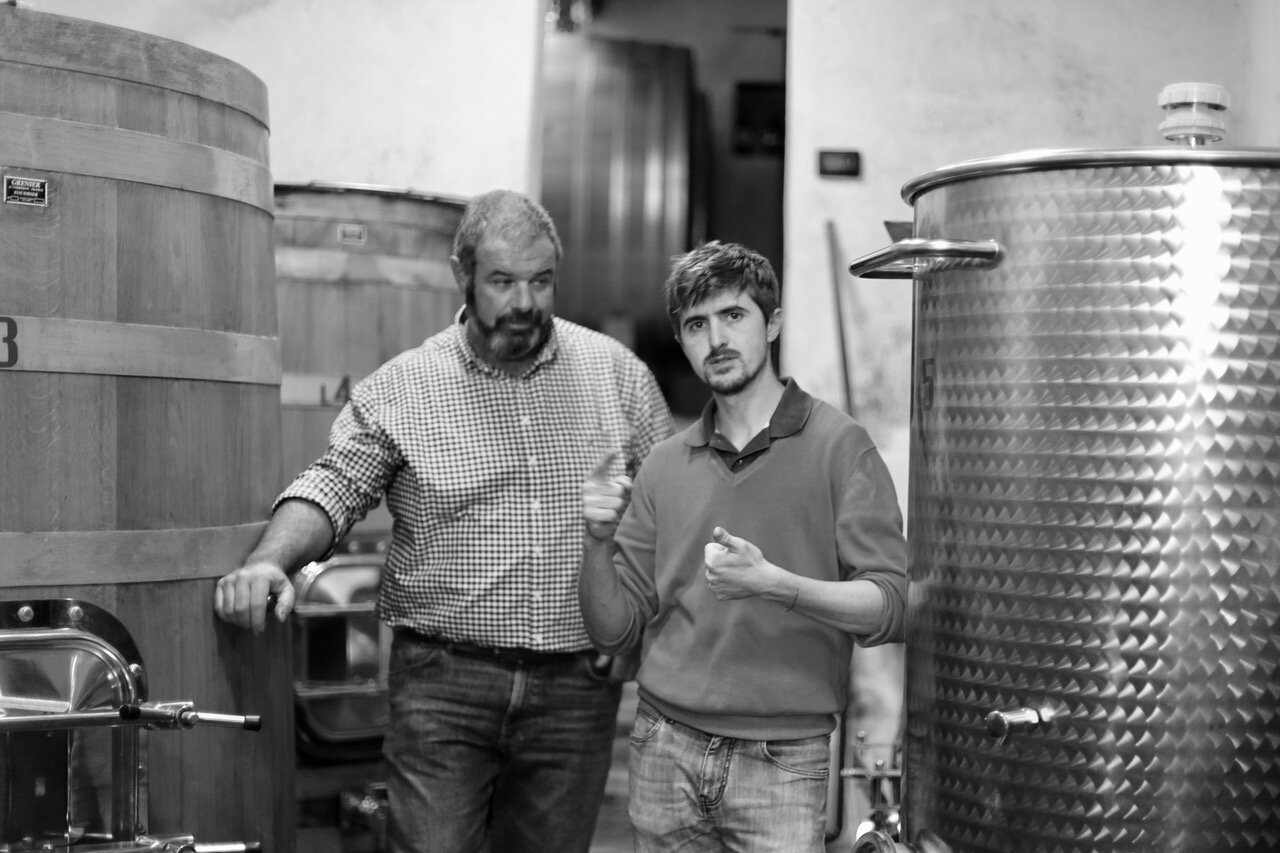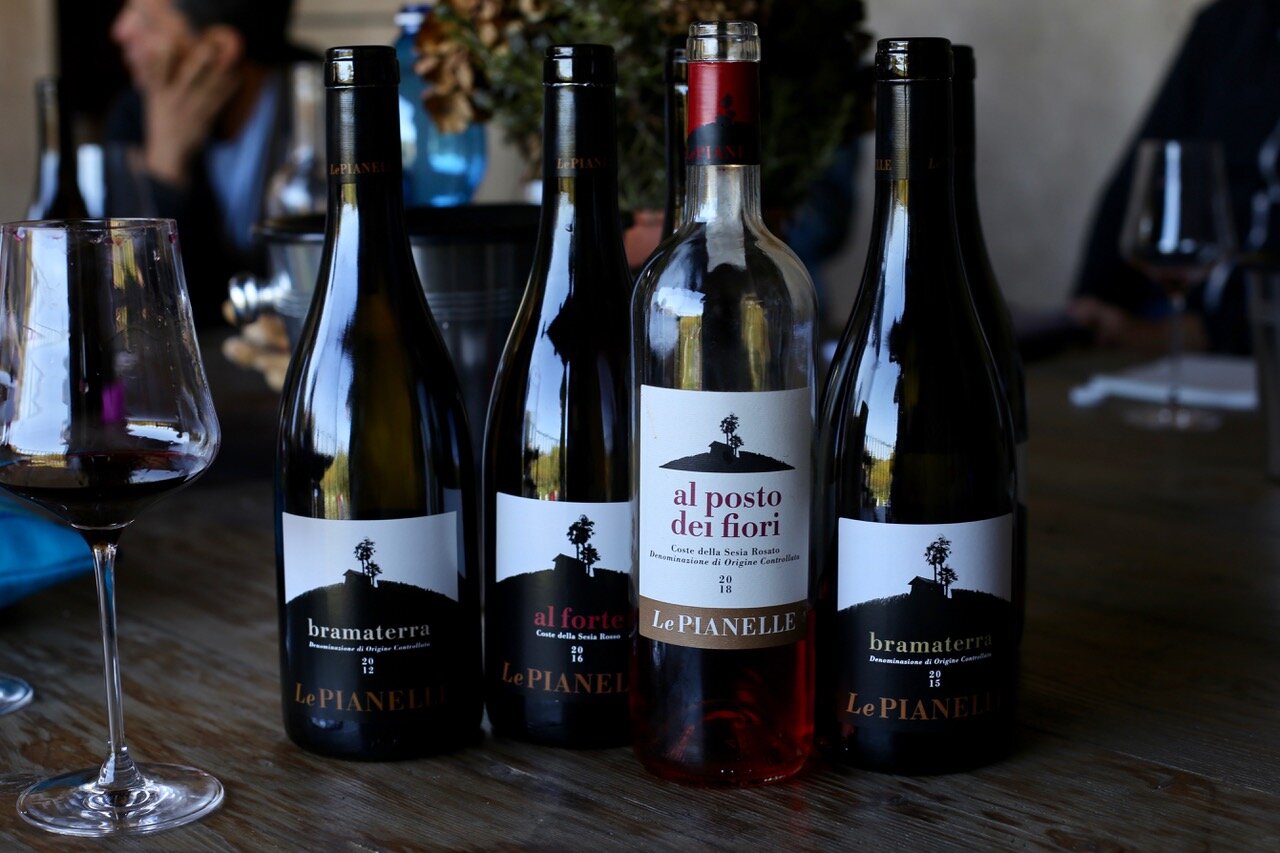Le Pianelle
about le pianelle:
This small estate in northern Piedmont is a partnership between Dieter Heuskel and Peter Dipoli, the owners of the estate, Cristiano Garella, an outstanding young local winemaker, and Andrea Zanetta, one of the best viticulturalists in the area. Northern Piedmont used to be famous for its Nebbiolo-based wines, but in the last century, many of the vineyards fell into disuse. Heuskel and Dipoli started buying land in the Bramaterra appellation in 2004; after assembling more than fifty small parcels from more than forty owners they were finally able to realize their dream and plant vines, mostly Nebbiolo, in 2007-8.
The hill where their vineyards are planted was famous a century ago for the quality of the wine grown there, and it will be famous again soon. The soils here, marine and volcanic sands ranging in color from yellow-orange to brown, are entirely different from those of the Barolo and Barbaresco areas; they are also acidic, whereas those of the Langa (and most wine regions) are basic. Cristiano tells me that acidic soils change the uptake of minerals into the plants, and although the common thread of the Nebbiolo variety is clear, the wines are very different from Barolo and Barbaresco (less tannic, lower in alcohol, higher in acidity). They are also generally more drinkable when young, too, not a bad thing. If you love Nebbiolo you should explore northern Piedmont.
_____________________________________________
the wines:
COSTE DELLA SESIA ROSATO 'AL POSTO DEI FIORI’
The Nebbiolo-based rosés from northern Piedmont don’t have a long history, but they are now clearly one of the best rosé types in Italy, and this is one of the very best examples. Planted at between 270-380 meters above sea level (900-1,250 feet), in a combination of yellow-orange marine sand and brownish porphyric sand (of volcanic origin). Vines were planted in the 1990s.
90% of the wine is Nebbiolo that has been macerated for 24 hours with dry ice, and then pressed off; the rest of the wine is a ‘saignée’ of Croatina and Vespolina from the red wine production. 95% of this mass is fermented at low temperature in stainless steel, the remainder is fermented in used barriques. The wine is bottled in March after the harvest.
Beautiful deep salmon pink in color, with aromas and flavors of true cinnamon, angelica, watermelon and wild strawberries, and a long fresh finish. An excellent food wine, try it with salmon but also shrimp, roast chicken, and all sorts of pasta dishes. This is serious rosé, and starts to shine in the late summer or fall following the harvest; it will drink well for at least several years. Given the prices of the best Provencal rosés I think this is a bargain.
Bramaterra
Cristiano Garella is a partner here at Le Pianelle, and consults for other wineries in northern Piedmont too. His style is traditional, clean and transparent, his goal being to maximize the native character of this very distinctive Nebbiolo terroir. This estate Bramaterra is made of Nebbiolo (roughly 90% of the wine, depending on vintage) and Vespolina. The vines are planted at 270-380 meters above sea level (900-1,250 feet), in a combination of yellow-orange marine sand and brownish porphyric sand of volcanic origin. The vines were planted in 2007-8, and are farmed without the use of chemical fertilizer or herbicide.
The grapes were destemmed, pressed, and fermented in conical wooden fermenters, with a total maceration of about 26 days for the Vespolina, and 34 days for the Nebbiolo. The Nebbiolo is then aged for 20 months in large barrels before bottling, while the Vespolina is aged for the same period of time in used barriques. Normally only two rackings are necessary, to preserve the aromatic integrity of the wine.
Nebbiolo lovers will have noticed that Bramaterra is typically blended with Vespolina and Croatina, whereas Barolo and Barbaresco are always 100% Nebbiolo. Croatina gives deeply colored, fairly tannic wines with tea-leaf and red berry notes; Vespolina is medium to dark red in color, and shows very distinctive bright berry and herbal notes. Ian d’Agata describes Vespolina as ‘one of Italy’s best grape varieties,’ high praise from this expert. Vespolina has great promise as a varietal wine in its own right. Cristiano has decided to leave out the Croatina for this estate Bramaterra, while leaving it in the ‘Al Forte’ bottling.This Bramaterra shows some of the wiry structure typical of the appellation, but also a broad range of generous flavors (tobacco-leaf, sandalwood, red fruits); it is ripe but also very fresh in acidity, a hallmark of this region, age-worthy but drinkable when young too. If you love Nebbiolo you should try it.
Bramaterra ‘Robino’
A Bramaterra produced from a single vineyard called ‘Chioso Robino,’ in the heart of the estate. This bottling is unusual in several ways; firstly, it consists entirely of Nebbiolo, with none of the customary blending varieties; secondly, it is fermented with the stems; and thirdly, it includes about 1/3 whole berries. (Using the stems adds a new aroma and flavor aspect to the wine, and reduces the alcohol of the finished wine by as much as half of a percent.) The fermenting grapes are foot-trodden (by Cristiano) every day during the active fermentation. The maceration takes place in conical wooden fermenters and lasts about 40 days, with occasional pump-overs and rackings.
After fermentation and maceration, the assembled wine is transferred to1,500L Stockinger barrels for about 18 months (Stockinger is an excellent Austrian producer of large barrels). Malolactic fermentation takes place spontaneously in the spring following the harvest, as used to be traditional. In fact all of these techniques are a return to tradition, which when combined with scrupulous hygiene and attention to detail, as is the case here, can give outstanding results.
Anyone who loves great Nebbiolo should try the Robino. The endless complexity of the variety is obvious here, particularly with this winemaking method; the stems add interesting non-fruit notes, such as tea-leaf, to the abundant fruit and spices; it’s a Kaleidoscope of wild strawberry, orange-peel, Ceylon cinnamon, and mineral notes (especially iron) that are particular to this very unusual soil. This is one of the best bottles from Alto Piemonte. This will improve with age like a Barolo would.
Rosso ‘al forte’
'Al Forte' is the highest vineyard in Bramaterra. This wine is made as a Bramaterra, the region’s top appellation, then declassified since the vineyard produces a wine that is more fruity and ready to drink young. Notes of black cherry, menthol and licorice on the nose. Drink this with rich egg pastas or grilled meats.
_____________________________________________
more information:
Visit the Le Pianelle Website
More about Piemonte
